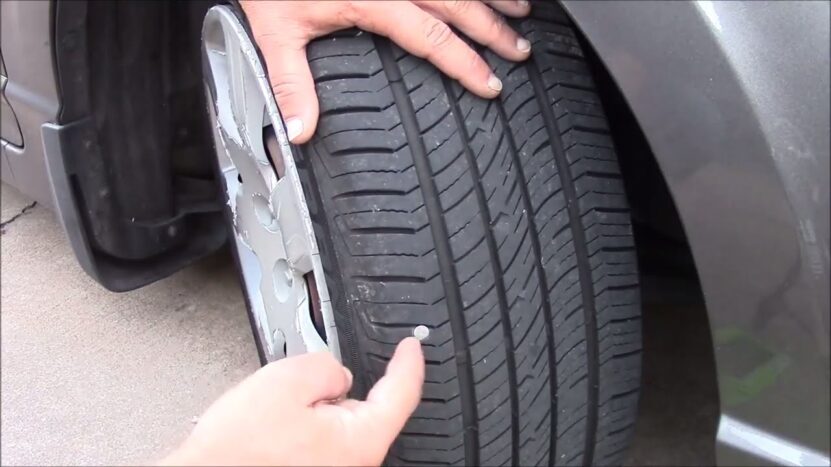Are you tired of constantly filling up your tires with air due to a pesky slow leak? Have you heard about fix-a-flat but aren’t sure if it’s the solution for you? Before reaching for that can, let’s explore whether or not using fix-a-flat is a safe and effective way to fix a slow leak in your tire. In this post, we’ll dive into how fix-a-flat works, its potential benefits and drawbacks, and what other options are available. So buckle up and join us on this ride!
What is Fix A Flat?
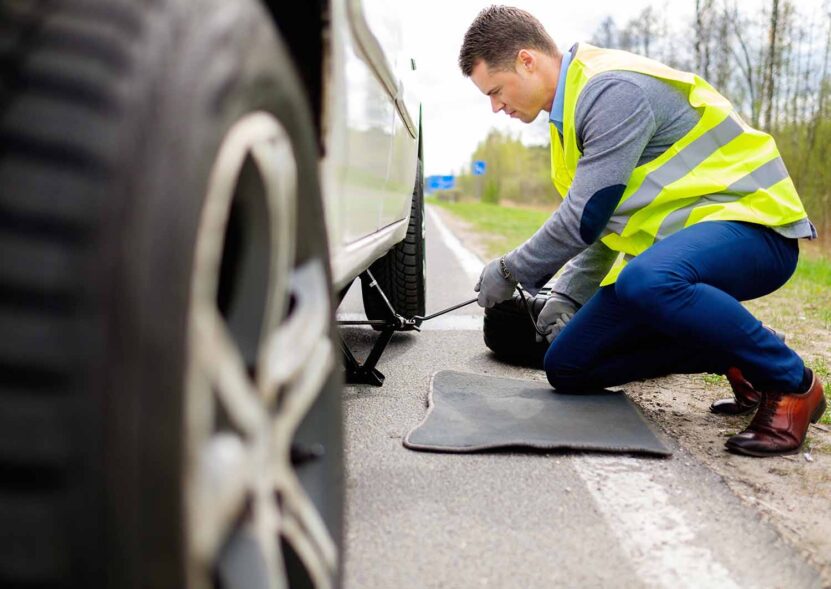
If you’re experiencing a slow leak in one of your vehicle’s tires, it can be tempting to reach for a can of fix-a-flat to quickly seal the leak and get back on the road. But before you do, it’s important to understand what fix-a-flat is, how it works, and whether it’s the best solution for your situation.
Fix-a-flat is a pressurized canister of foam sealant that’s designed to temporarily seal small leaks in tires. When you attach the canister to the valve stem of your tire and release its contents, the sealant foam expands and fills the tire, coating the inside of the tire with a sticky substance that seals the leak. The foam also contains a propellant that inflates the tire, so you can get back on the road quickly.
Fix-a-flat can be a convenient solution for a slow leak, especially if you don’t have a spare tire or don’t want to take the time to change out the flat tire. It’s also relatively inexpensive and widely available at auto parts stores, gas stations, and other retailers.
However, fix-a-flat is not a long-term solution for a slow leak. The foam sealant is designed to be a temporary fix, and it’s not a substitute for properly repairing or replacing a damaged tire. If you continue to drive on a tire that’s been sealed with fix-a-flat, you could cause further damage to the tire, compromise your safety on the road, and even damage your vehicle’s suspension or other components.
There are several reasons why fix-a-flat should only be used as a temporary solution. First, the foam sealant can only seal small leaks, typically those caused by punctures smaller than 1/4 inch in diameter. If the leak is caused by a larger puncture or a sidewall puncture, the foam may not be able to seal the leak effectively.
Second, the foam sealant can’t fix other types of tire damage, such as a damaged valve stem, a worn tire, or a cracked or bulging sidewall. If your tire has any of these issues, fix-a-flat won’t be able to solve the problem, and you’ll need to have the tire repaired or replaced.
Third, the foam sealant can affect the balance and handling of your vehicle. The foam is heavier than air, which means it can cause an imbalance in the tire and affect the way your vehicle handles. This can be especially dangerous if you’re driving at high speeds or on uneven terrain.
Fourth, the foam sealant can also damage your tire pressure monitoring system (TPMS). The TPMS is designed to monitor the air pressure in your tires and alert you if there’s a problem. If you use fix-a-flat, the foam can clog the sensors in the TPMS and prevent them from working properly, which means you won’t know if your tire is losing air until it’s too late.
Finally, fix-a-flat can be messy and difficult to clean up. The foam can get all over your hands, clothes, and vehicle, and it can be difficult to remove from your tire and rim. This can be especially frustrating if you’re trying to change the tire or have the tire repaired or replaced.
While fix-a-flat can be a convenient and inexpensive solution for a slow leak, it’s important to understand its limitations and drawbacks. It should only be used as a temporary solution to get you to a repair shop or a safe location where you can have the tire properly repaired or replaced. If you continue to drive on a tire that’s been sealed with fix-a-flat, you could compromise your safety on the road and cause further damage to your vehicle.
What is a Slow Leak?
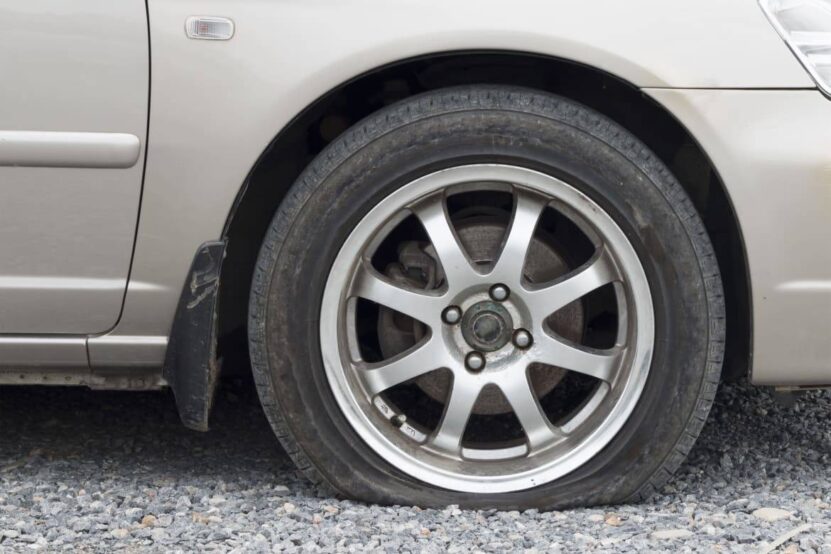
A slow leak is a puncture in your tire that is letting air out slowly. This can be caused by a small nail or other sharp object that has pierced the tire. It can also be caused by a hole in the rim of your wheel. If you have a slow leak, you may not notice it right away. But if you keep driving on a flat tire, it can damage the tire and wheel.
Can I Use Fix A Flat For A Slow Leak?
It is not recommended to use fix-a-flat for a slow leak. While it may temporarily seal the hole, it is not designed for long-term use and can actually cause more damage to your tire. If you have a slow leak, it’s best to take your car to a mechanic or tire shop to have it repaired properly.
How to Use Fix A Flat For A Slow Leak?
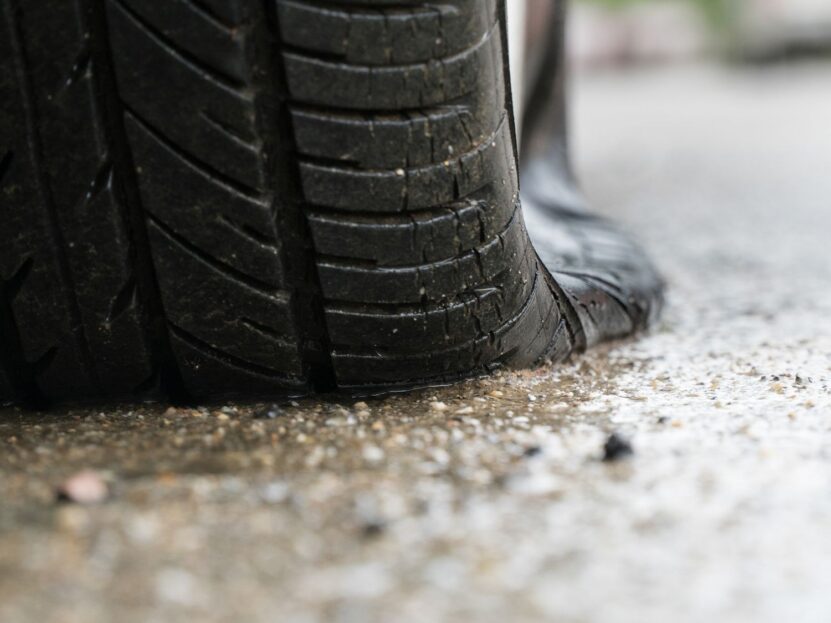
If you have a slow leak in your tire, you can use fix-a-flat to temporarily seal the leak. Here’s how:
- Clean the area around the leak with a rag. This will help the sealant adhere better.
- Shake the can of fix-a-flat well and then attach it to the tire valve.
- Squeeze the trigger on the can to release the sealant into the tire. Fill until the leaking stops.
- Detach the can and replace the valve cap.
- Drive slowly for a few minutes to allow the sealant to work its magic. Then, check your tire pressure and inflate to the recommended level if needed.
Pros and Cons of Using Fix A Flat For A Slow Leak
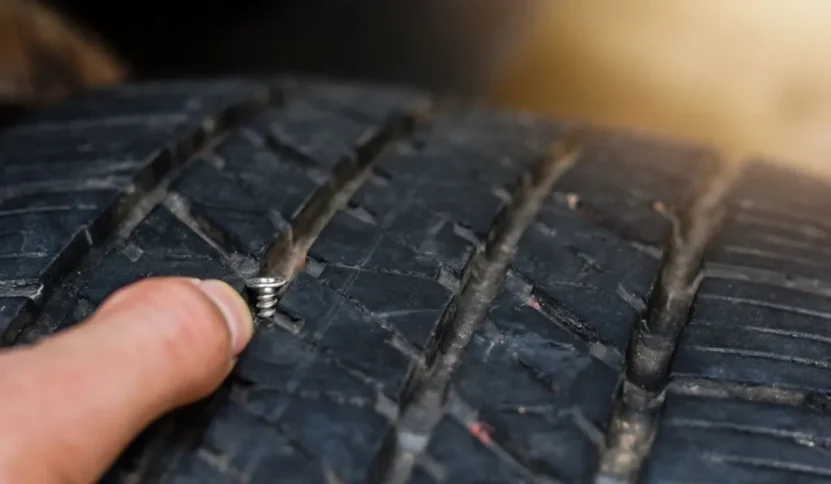
There are a few pros and cons to using fix-a-flat for a slow leak. On the plus side, it is a quick and easy way to temporarily fix the problem. It is also relatively inexpensive. On the downside, however, it is not always effective and can sometimes make the problem worse. Additionally, it is important to be careful when using Fix A Flat, as it can be dangerous if not used properly.
Conclusion
In conclusion, fix-a-flat can be used to temporarily fix a slow leak in a tire. However, it is not recommended as a permanent solution since it does not provide the same level of protection that regular repair or replacement does. It’s important to know when your tires are in need of maintenance and which products are available for use on them. Taking proper care of your tires will help ensure their longevity and keep you safe on the road.

